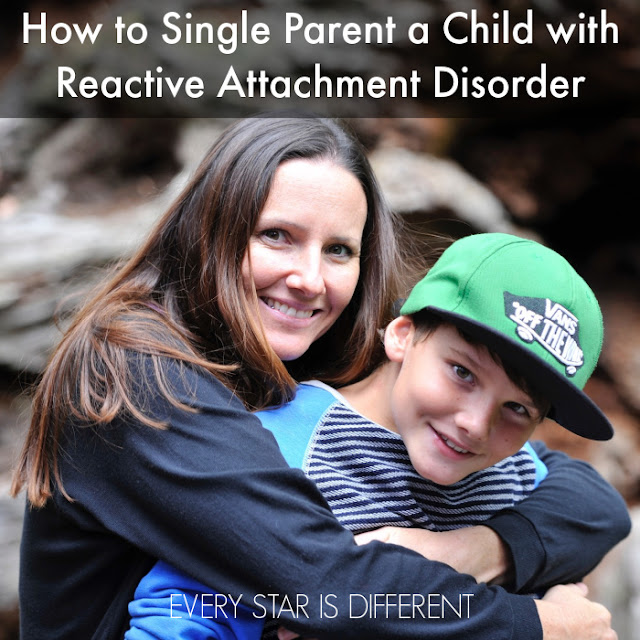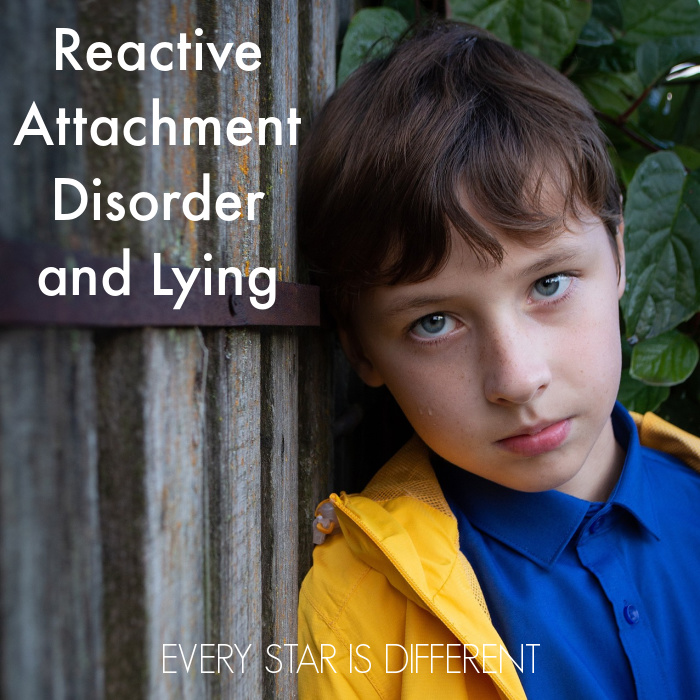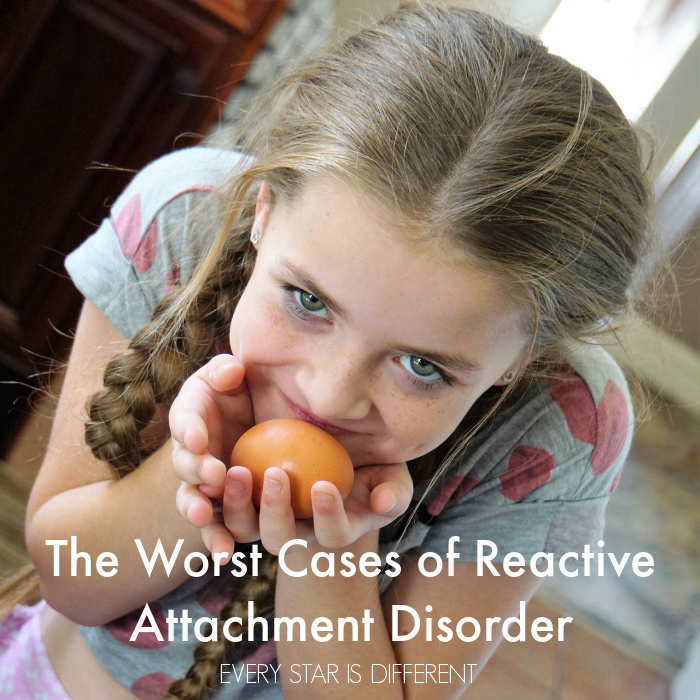In my experience, the most frustrating aspect of caring for a child or teen with Reactive Attachment Disorder has been waiting for her to choose to heal, if she is capable of doing so.
The consequences that caregivers and family members experience during the process of waiting are unfathomable every step of the way.
A child or teen with Reactive Attachment Disorder can't be forced to heal.
There's no magic formula that caregivers can follow to make them do so.
Healing is a choice that only the child or teen with Reactive Attachment Disorder can make.
Until the choice is made, caregivers and family members suffer greatly.
The Most Frustrating Aspect of Reactive Attachment Disorder
Last week we received a notice from our insurance company that they are only willing to cover the next 30 days of Sunshine's residential treatment, instead of the requested 60 days.
I instantly panicked.
Sunshine has been in her fifth residential placement for fourteen months and shown absolutely no improvement.
She continues to be unsafe and unable to live with family.
At the same time Sunshine is comfortable with who she is and how she responds to the world around her.
There are no signs of her wanting to change her behaviors any time soon.
This puts our family in quite the predicament.
Caregivers of children in residential can be charged with abandonment if they don't pick up their kids when insurance companies refuse further treatment, even when it's too dangerous for the family to have the child in the home.
Bringing a dangerous child home from treatment to a family because insurance refuses further treatment can result in caregivers being charged with endangering the welfare of their other children.
It's a no win situation.
This predicament occurred in years past while Sunshine was receiving treatment. You can read more about it in the post below.
The System Failed Us Horribly
Why Doesn't a Child or Teen with Reactive Attachment Disorder Want to Heal?
Why Won't a Child or Teen with Reactive Attachment Disorder Accept Help During the Healing Process?
What Does Healing from Reactive Attachment Disorder Look Like?
The 7 Stages of Healing from Reactive Attachment Disorder
What Can Caregivers Do While Waiting for a Child or Teen with Reactive Attachment Disorder to Heal?
1. Keep everyone in the family safe.
Must Have Safety Resources When Parenting a Child with Reactive Attachment Disorder
2. Seek outside support and services when necessary.
- Case Management
- Therapies
- Doctors and Specialists
- Respite Services
- Day Programs
- Inpatient Psychiatry Stays
- Residential Treatment

.jpg)
















No comments:
Post a Comment